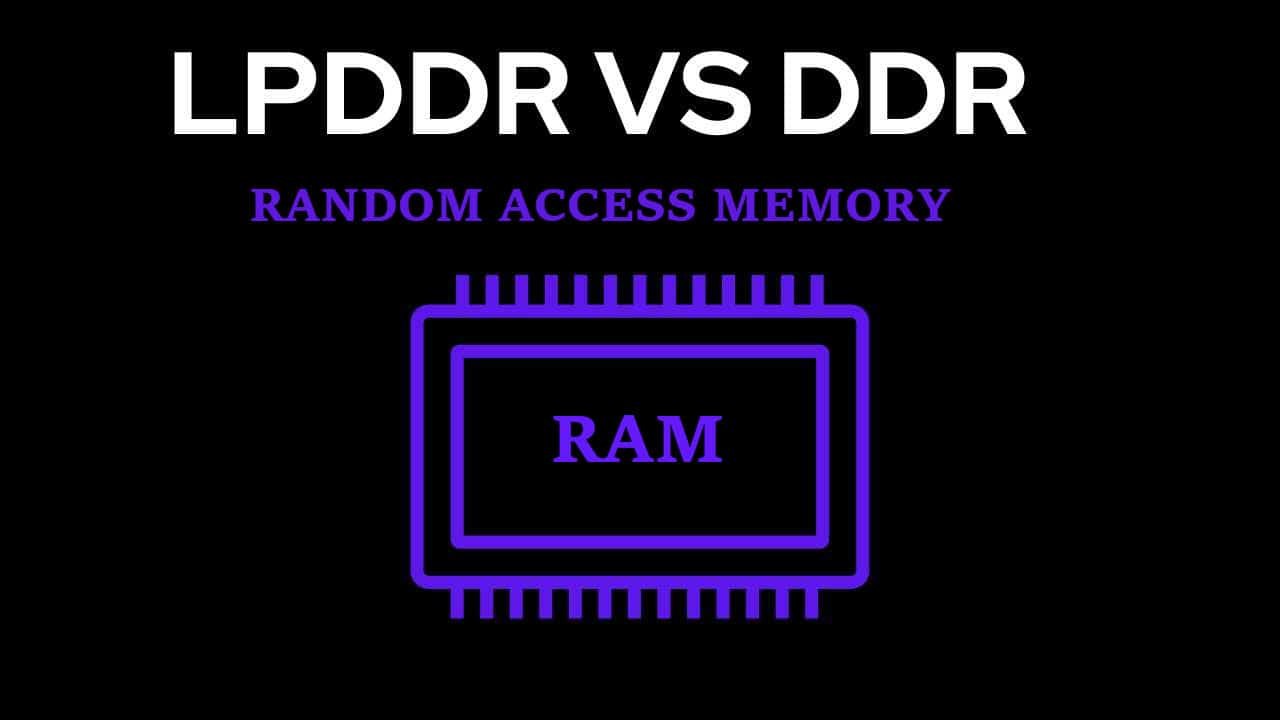RAM is a core component of any computing device — from smartphones and IoT nodes to industrial controllers. Among the popular RAM technologies, DRAM and LPDDR stand out with distinct advantages for different use cases.
Which one is right for your device? Let’s compare them with Pionix Vietnam.
1. DRAM – High Performance for Intensive Applications
-
High bandwidth and speed — ideal for data-heavy systems like AI cameras, industrial machines, edge computing, and small servers.
-
Scalable capacity for multitasking and concurrent processing.
-
However, draws more power and generates more heat, making it less suitable for battery-operated devices.
2. LPDDR – Energy-Efficient RAM for Mobile and IoT Devices
-
Designed for low voltage and minimal power consumption, perfect for smartphones, tablets, wearables, and battery-powered gateways.
-
Delivers sufficient speed for network communication, basic image processing, and responsive UI.
-
Often integrated into MCPs to reduce space and improve board design.
3. Quick Comparison: DRAM vs LPDDR
| Feature | DRAM | LPDDR |
|---|---|---|
| Voltage | 1.5V–1.2V | 1.1V–0.6V |
| Power Consumption | High | Low |
| Performance | Very High | Medium–High |
| Applications | AI edge, servers, smart industry | Smartphones, wearables, IoT |
| Cost | Moderate | Slightly higher (due to power-efficient tech) |
Conclusion
-
Choose LPDDR for power-sensitive and compact designs that prioritize energy efficiency and mobility.
-
Choose DRAM for compute-intensive systems that demand raw performance and large memory capacity.
UMT offers both standalone DRAM chips and integrated LPDDR MCPs, giving your design the flexibility to scale with your needs.


